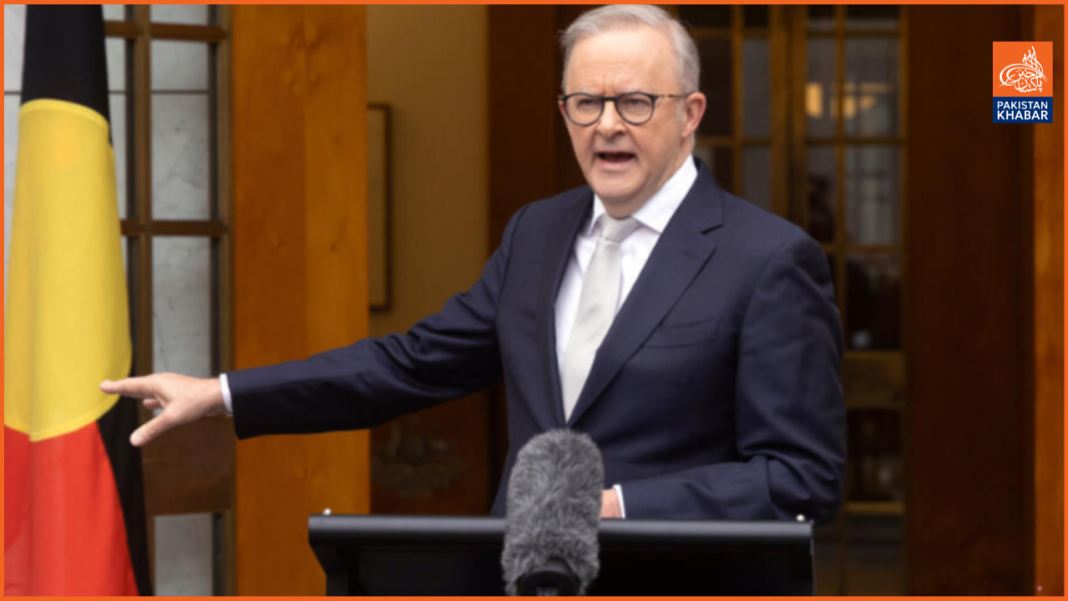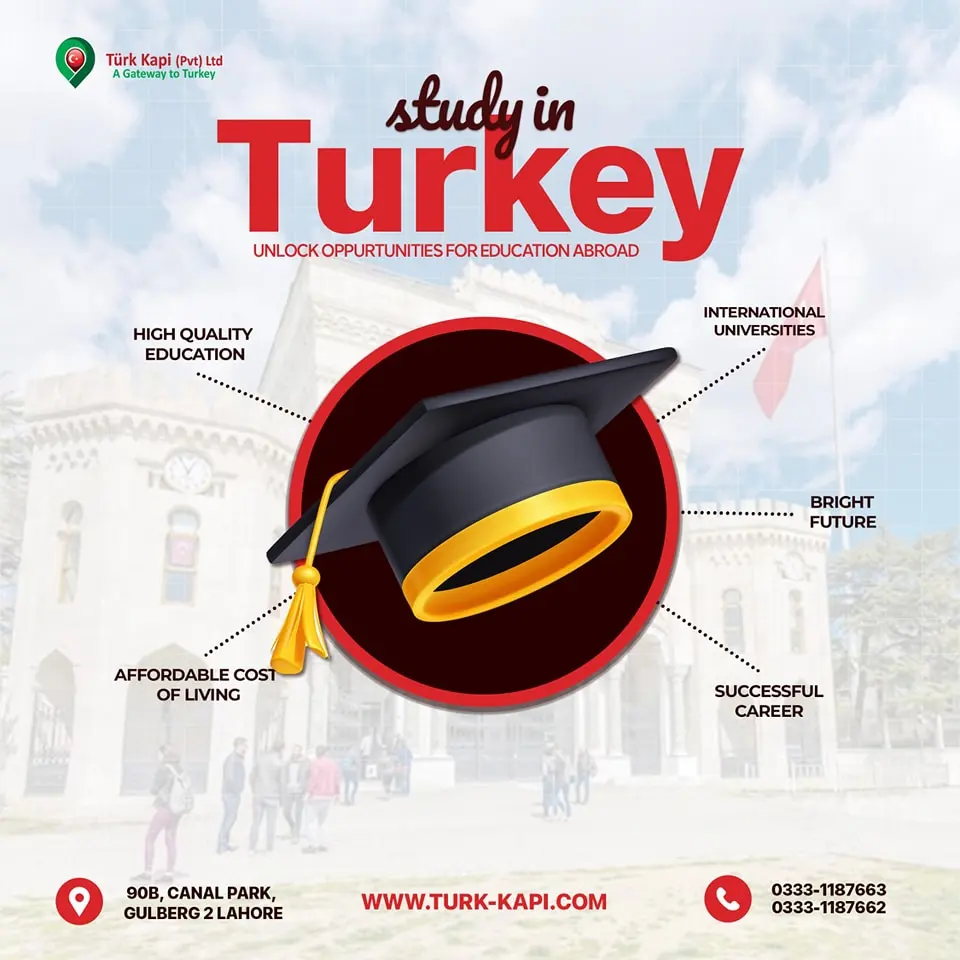Aiming for a second consecutive three-year term for his Labor Party government, Australian Prime Minister Anthony Albanese has called for a national election set for May 3.
Voters’ main concerns have been cost-of-living issues, hence the election is expected to center mostly on them.
According to Albanese, the election will offer a choice between the vision of his government—which is “keep building”—and the plan of cuts in government expenditure made by the opposition coalition led by Liberals. Albanese underlined in a news conference his hope and confidence for Australia’s future, therefore differentiating his campaign from others.
Labor is tightly matched, according to current opinion polls, with the Liberal-National Coalition under former police investigator Peter Dutton. Labor runs the danger of being the first Australian government to run one term only since 1931.
Labor’s support has dropped since the defeat of the center-right Coalition in the 2022 election, mostly due to growing cost-of-living issues including a severe scarcity of reasonably priced homes.
Australia has among the least reasonably priced home markets available worldwide. Between 2002 and 2024, the median price-to—-income ratio has almost doubled; a Gallup survey taken last year revealed that over 75% of Australians are unhappy with the availability of reasonably priced homes. Among the 13 countries polled, only Turkey showed more discontent.
Executive director of the Centre for Independent Studies Tom Switzer blamed Australia’s controlled housing industry for the issue, which limits development in big cities and imposes strict planning approval procedures from local governments. This, he contends, makes it more and more challenging for young Australians to start their property journey.
Reacting to the housing problem, Albanese’s government has promised to create 1.2 million additional houses by the end of the decade. The government’s development has been gradual, though, and projections point to the target perhaps being missed by 400,000 houses.
Along with policies to lower demand, such lowering immigration and enforcing a two-year prohibition on foreign investors and temporary residents buying property, Dutton has suggested a proposal involving five billion Australian dollars ($3.15 billion) to fund the building of 500,000 new homes.
Dutton attacked Albanese’s emphasis on a failed vote on Indigenous advisory bodies rather than attending to urgent economic problems. According to him, many Australians cannot afford Labor’s economic policies and expenditure since they have worsened their cost of living.
Healthcare, immigration, energy, and climate change are among important election concerns. While Albanese has promised large expenditures in green manufacturing and renewable energy, Dutton supports a change toward nuclear power and suggests the building of two small modular reactors and seven nuclear power plants.
Polling indicates that historically low levels of support for both main parties increase the likelihood of a hung parliament. Should neither Labor nor the Coalition win a majority in the 151-seat House of Representatives, they would have to bargain with the Australian Greens or independents to create a minority administration.
Australia last had a minority government in 2010; then-Prime Minister Julia Gillard stayed in office by depending on the backing of the Greens and three independent MPs.




